How Much Does Paint Protection Film Cost to Install? A Comprehensive 2025 Price Guide
Paint protection film installation costs vary significantly across the United States, reflecting differences in coverage levels, vehicle types, regional markets, and brand selections. Understanding these pricing factors helps vehicle owners make informed decisions about protecting their automotive investment.

Current Pricing Structure in 2025
PPF installation costs in 2025 range from $900 to over $10,000 depending on coverage and vehicle complexity. The pricing typically follows a tiered structure based on protection levels:
Partial Front Coverage ($900-$1,500): Includes hood leading edge, front bumper, and mirror caps, protecting high-impact areas where most road debris strikes. This basic package suits budget-conscious owners seeking essential protection.
Full Front Coverage ($1,500-$3,000): Encompasses complete hood, front bumper, full fenders, mirrors, and headlights. This comprehensive front-end protection addresses the majority of driving hazards while maintaining reasonable costs.
Track/Extended Package ($2,500-$4,000): Adds rocker panels, A-pillars, and door edges to full front coverage. Designed for performance enthusiasts and aggressive driving conditions.
Full Body Coverage ($5,500-$8,000+): Protects all exterior painted surfaces excluding roof and windows. Premium option for luxury vehicles and owners prioritizing maximum protection.

Popular Brand Pricing Comparison
XPEL is generally priced at a premium, typically 15-30% above competitors due to its established branding. Full vehicle installations range from $3,000-$5,500 for XPEL STEALTH applications, with partial coverage starting around $799. The brand targets luxury and exotic car owners willing to pay for top-tier performance and 10-year warranties.
UPPF delivers competitive value in the mid-range segment, typically priced 15-30% below XPEL while maintaining competitive protective capabilities. Full vehicle installations range from $4,000, making it attractive for value-conscious consumers seeking reliable protection. UPPF offers warranties ranging from 5-10 years depending on product tier.
What Installation Typically Includes
Professional PPF installation encompasses several critical components beyond material application. Surface preparation involves thorough cleaning, decontamination, and paint correction if necessary to ensure proper film adhesion. Many shops include minor paint correction in their base pricing to achieve optimal results.
Pattern cutting and fitting utilizes computer-controlled plotters for precise material cutting, ensuring seamless coverage without visible edges on panels. Installation labor includes heat forming, stretching, and trimming to achieve factory-like appearance.
Quality assurance involves post-installation inspection and edge sealing to prevent lifting or contamination. Most professional installations include basic warranties covering workmanship defects and proper adhesion for 1-2 years beyond manufacturer film warranties.
Regional Price Variations
Geographic location significantly impacts PPF pricing due to varying overhead costs, labor rates, and market demand. Urban markets typically charge 15-25% more than rural areas due to higher rent, wages, and operating expenses.
West Coast markets like Seattle show full front packages starting at $2,099-$2,200, with full vehicle coverage beginning at $6,999. Northeast regions demonstrate similar pricing patterns, with Buffalo area shops charging $2,099+ for full front applications.
Midwest markets offer more competitive pricing, with Kansas shops providing full vehicle coverage from $4,999-$7,999 and full front packages ranging $1,699-$1,899. These regional differences reflect local economic conditions and competition levels rather than service quality variations.
Southern markets like Texas show varied pricing based on urban versus rural locations, with major cities commanding premium rates while smaller markets offer more competitive pricing.
Factors Affecting Final Costs
Vehicle size and complexity dramatically influence pricing. Compact sedans require less material and labor compared to large SUVs or trucks. Complex body lines, sensors, and trim pieces increase installation time and difficulty, raising labor costs.
Paint condition affects preparation requirements. Vehicles needing paint correction before installation add $200-$800 to total costs depending on damage severity. New vehicles typically require minimal preparation, keeping costs at base levels.
Shop reputation and certification impact pricing, with certified installers commanding premium rates for guaranteed quality and warranty support. Established shops with proven track records may charge 20-30% more than newer or uncertified installers.
Installation method influences costs significantly. Pre-cut kits start around $500 but may leave visible seams and provide less precise fit. Custom installations begin at $1,000 but deliver seamless application tailored to specific vehicle contours.
Pricing Trends Over Recent Years
The PPF market has experienced steady growth with corresponding price increases over the past two years. Material costs have risen approximately 10-15% since 2023 due to raw material inflation and supply chain pressures. TPU polymer prices have increased alongside petroleum-based feedstock costs, directly impacting film manufacturing expenses.
Labor costs have escalated due to skilled installer shortage and wage inflation affecting service industries broadly. Professional installers now command $50-$100+ per hour compared to lower rates in previous years.
Market demand has intensified as consumer awareness of PPF benefits increases, allowing shops to maintain premium pricing despite economic pressures.
Premium segment expansion drives pricing upward as luxury vehicle sales increase and owners seek maximum protection for high-value assets. Colored PPF options now command 15-30% premiums over clear alternatives, reflecting enhanced customization demand.


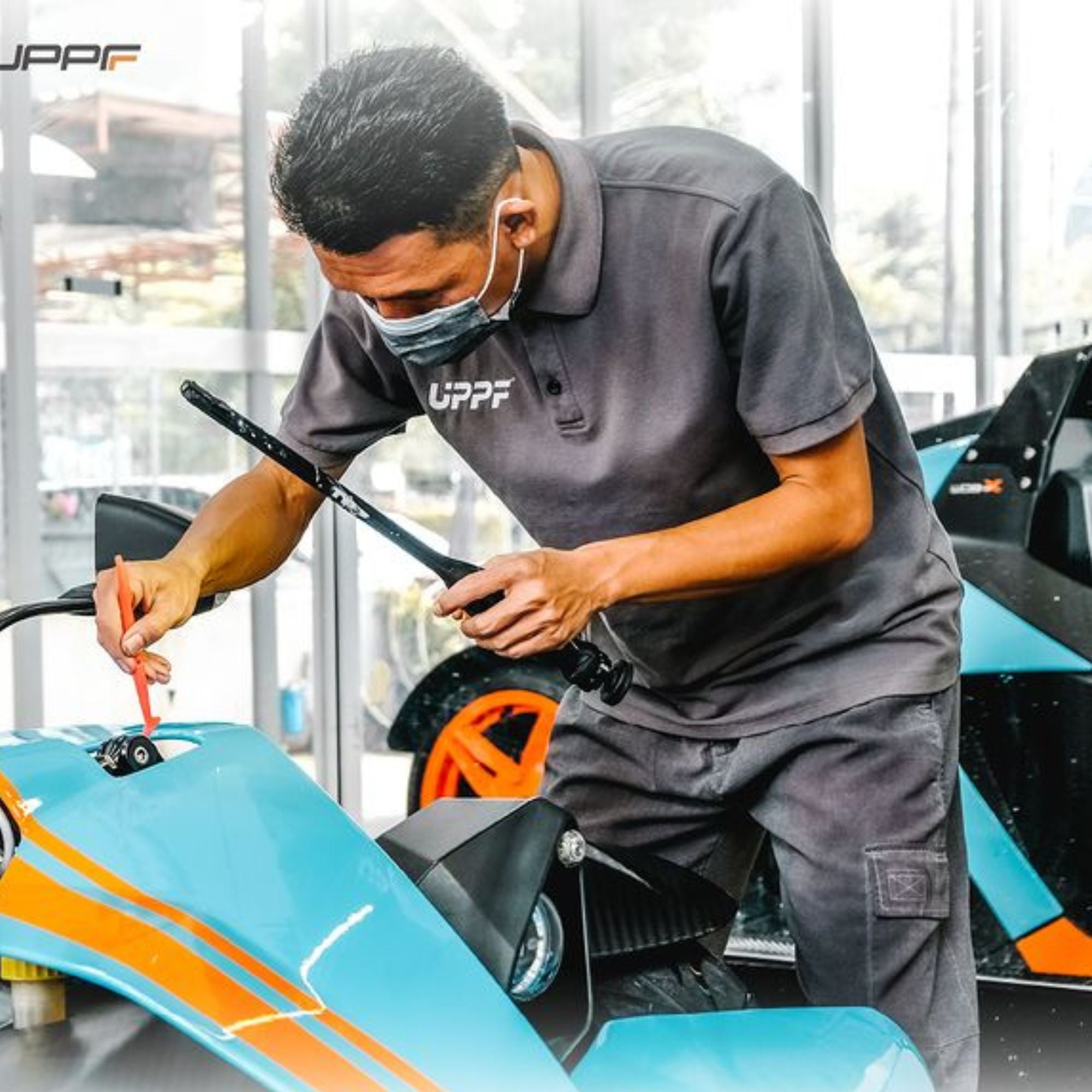
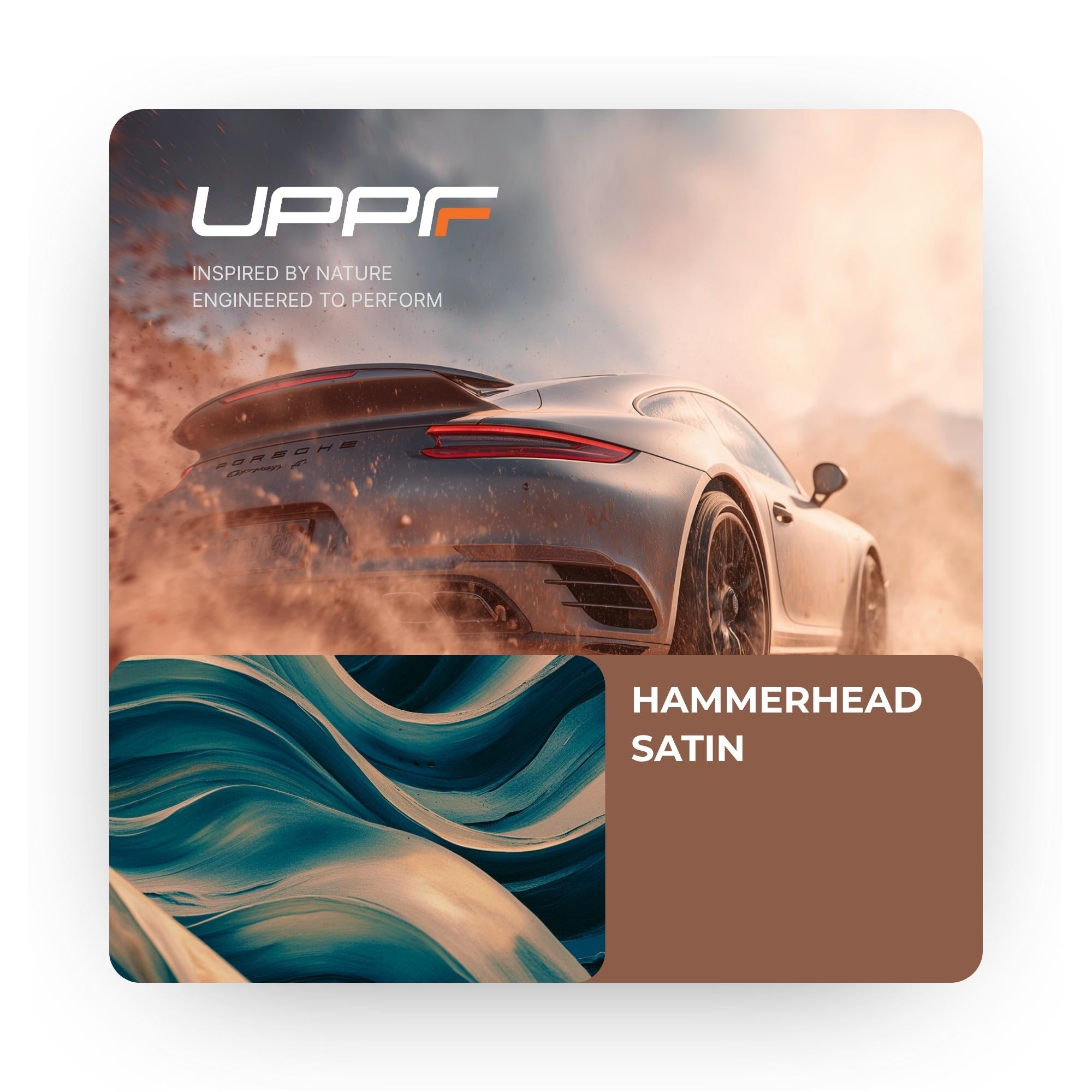
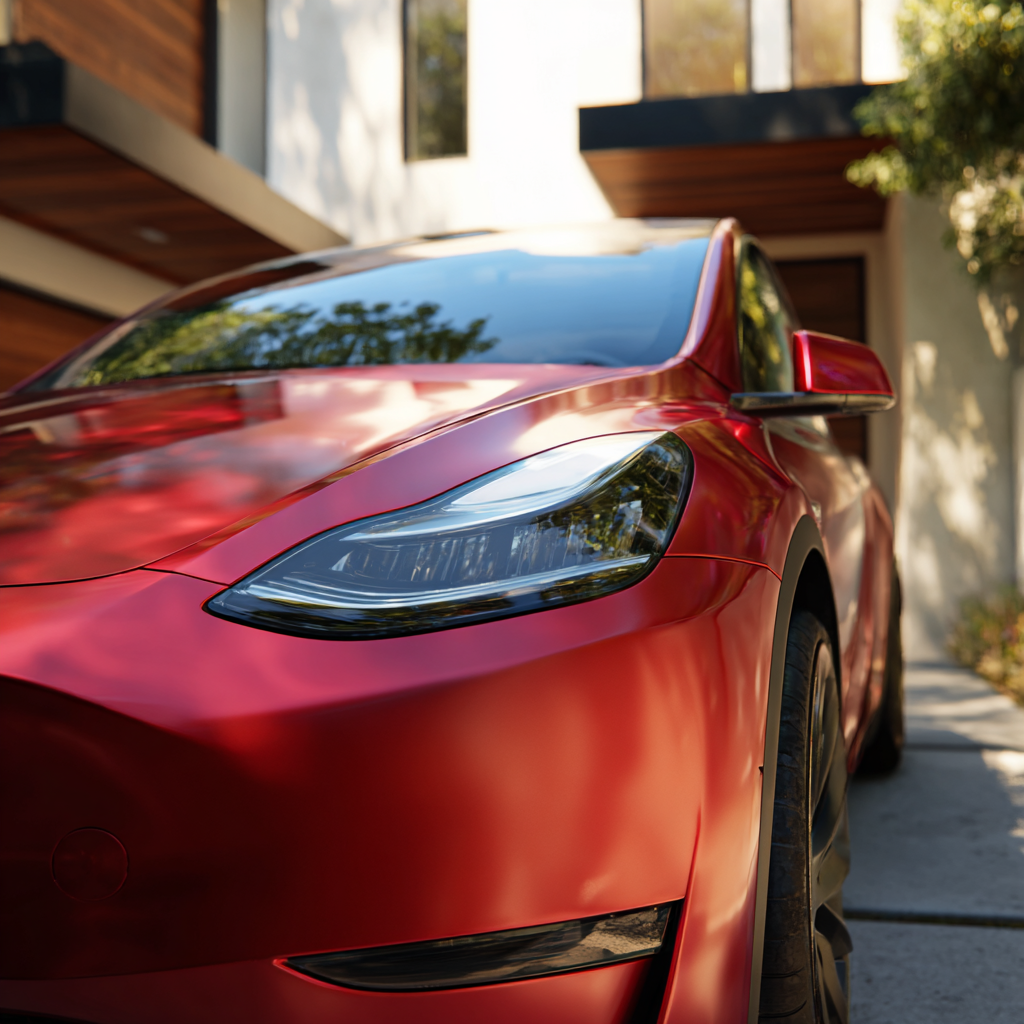

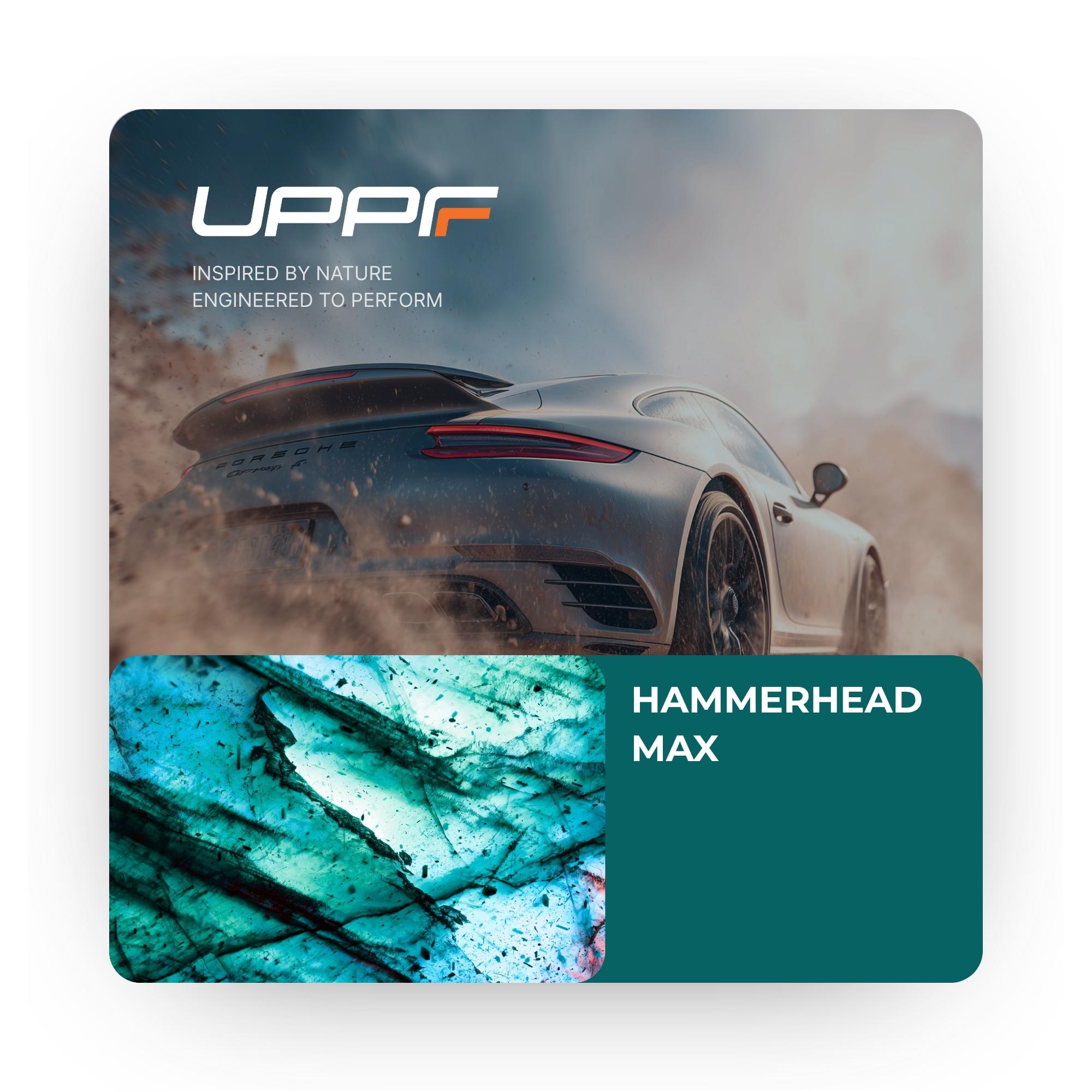
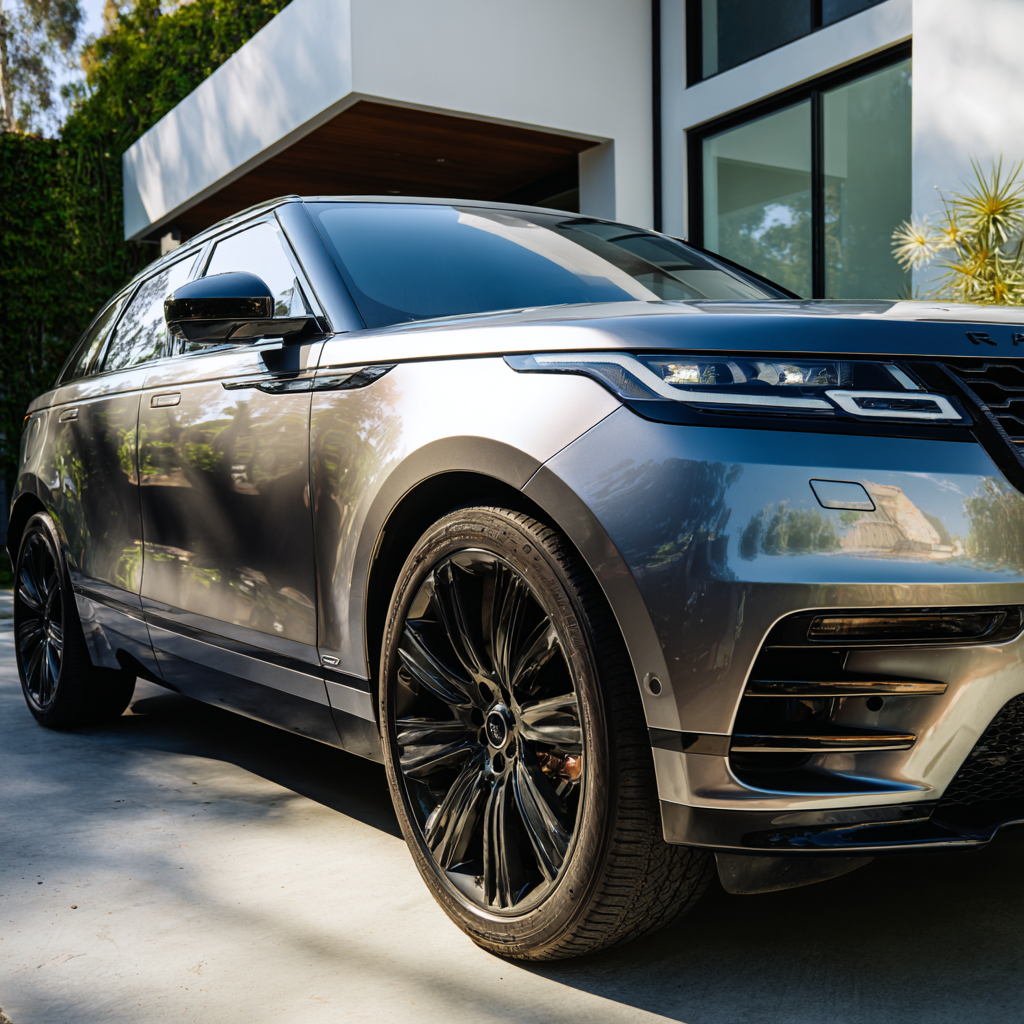

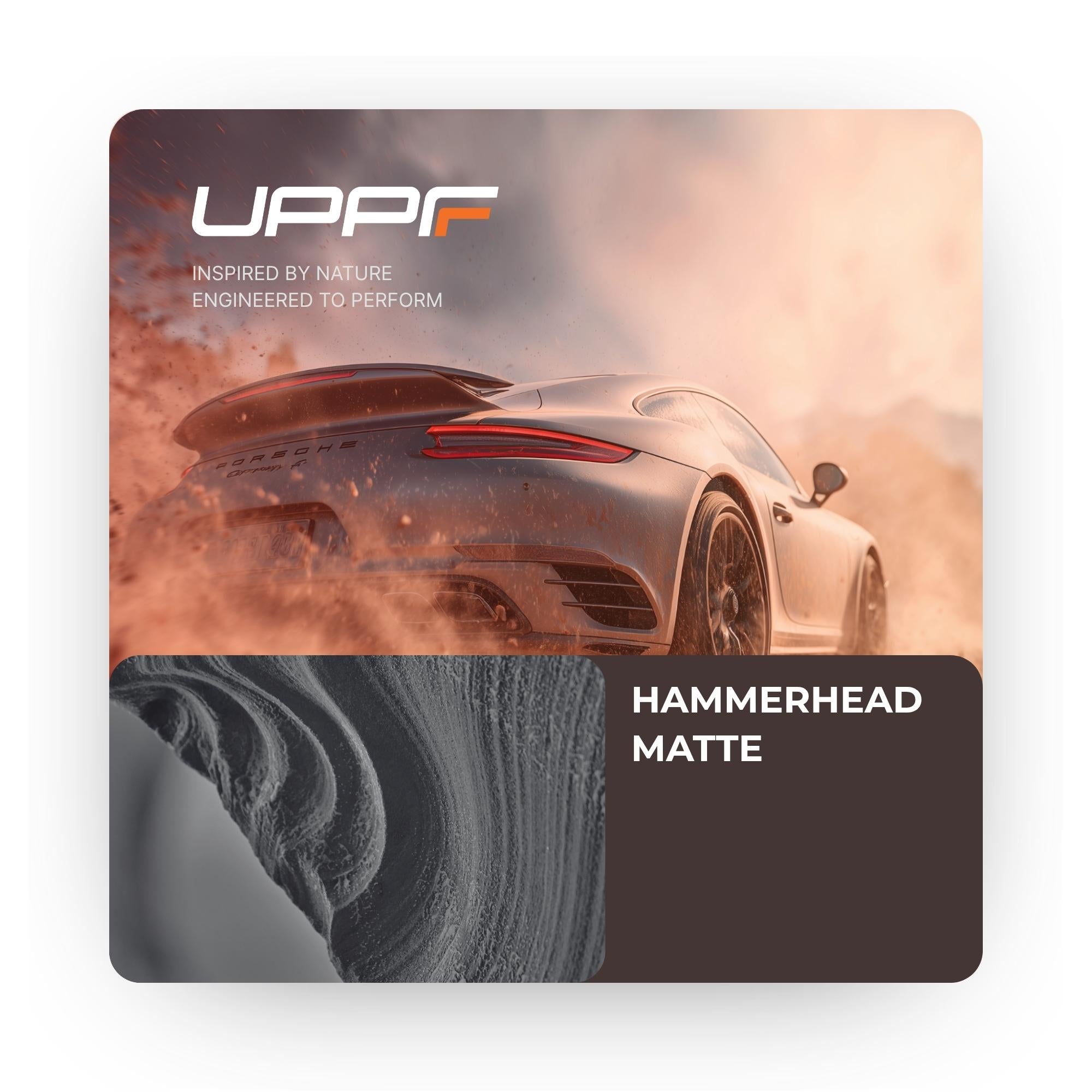

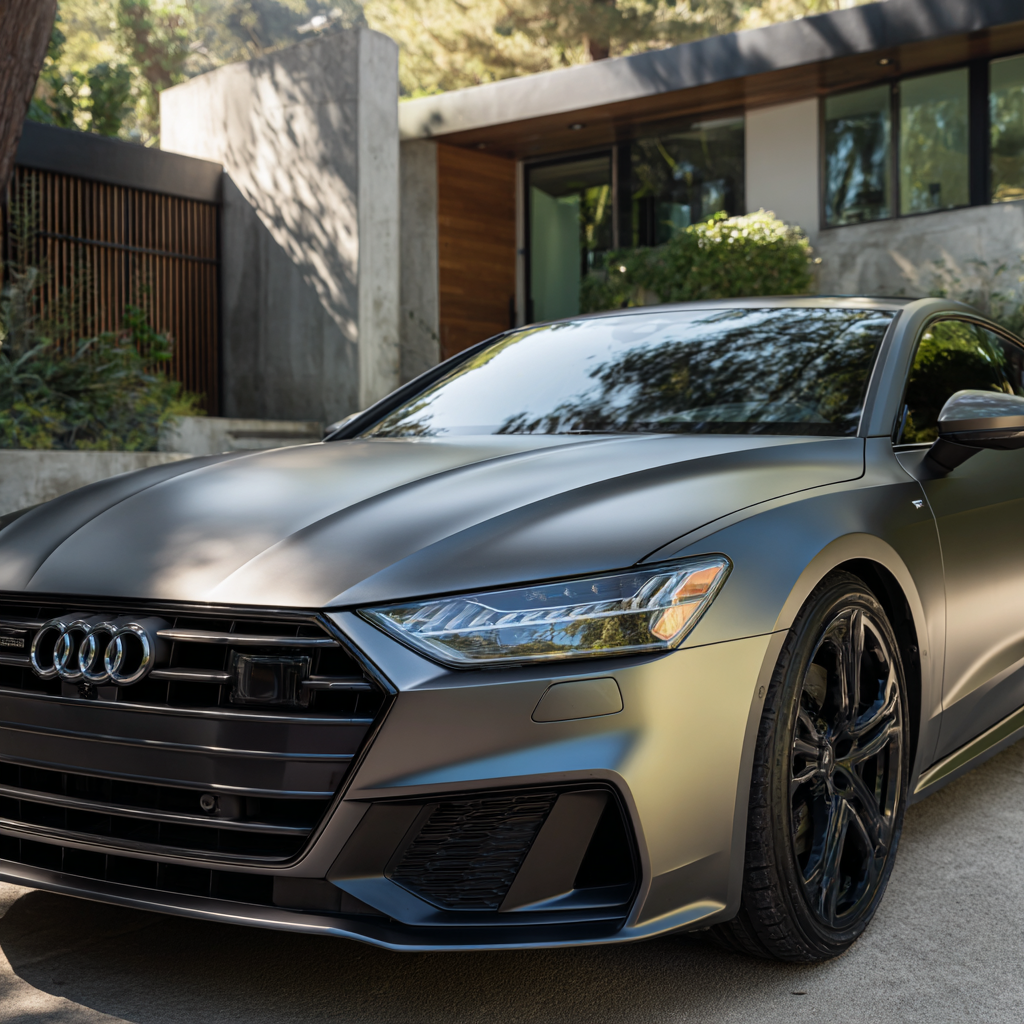
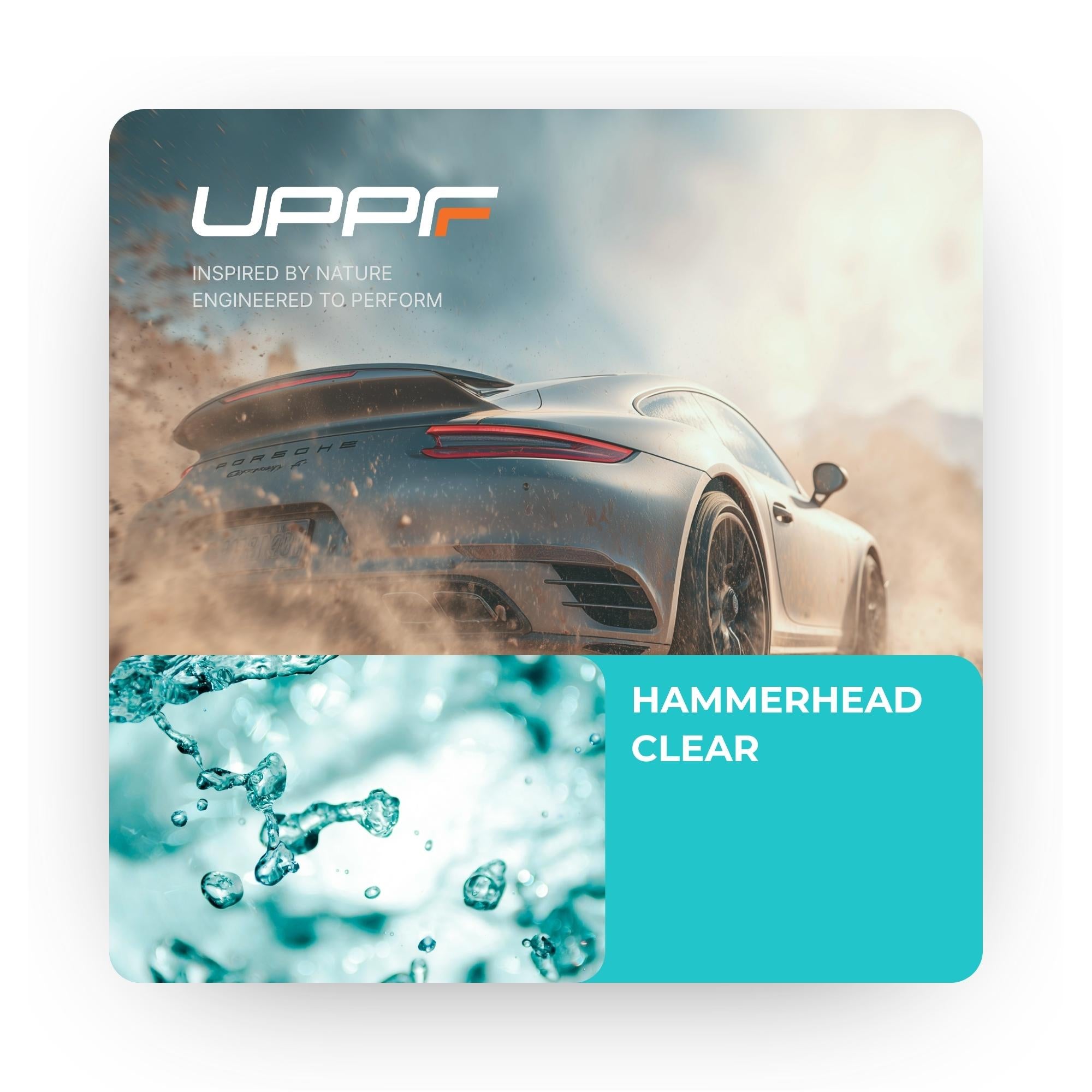


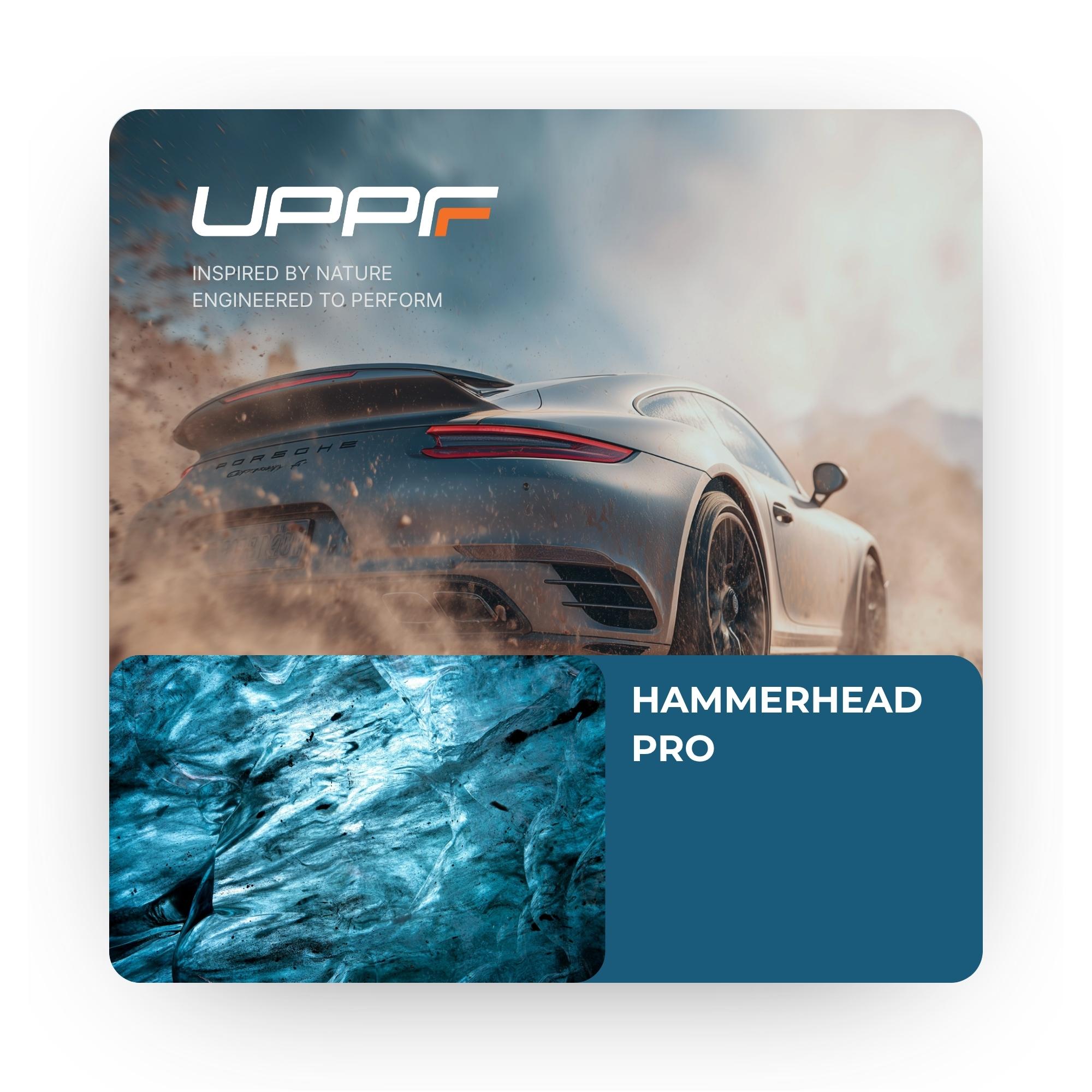



Share:
Race to the Clouds Colorado Springs 2025
What are the different PPF packages available (front-end, full-body, partial)?